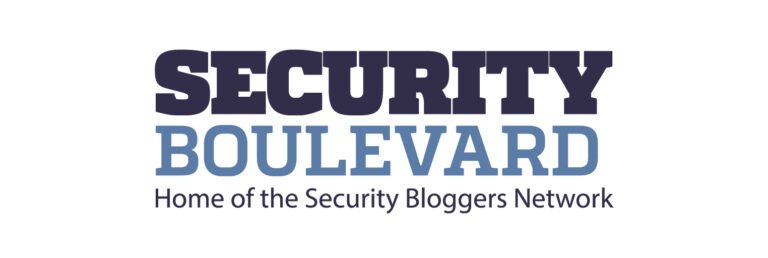Source: securityboulevard.com – Author: LeaksID
In the fast-paced digital world we live in, cybersecurity is a major concern for businesses everywhere. While we often hear about external cyber threats, it’s essential not to overlook the risks posed by those within the organization. Insider threats, when employees or trusted individuals misuse their access to sensitive data or systems, can lead to significant damage. To tackle this problem, many companies have embraced insider threat programs as a vital part of their cybersecurity defense.
Understanding Insider Threat Programs
An insider threat program is like a protective shield designed to detect, prevent, and respond to potential threats coming from within an organization. These threats can arise from employees, contractors, or anyone else who has legitimate access to confidential information. The main goal of such a program is to safeguard valuable data, intellectual property, and the company’s reputation from being compromised or stolen.
What Insider Threat Programs Do
-
Identifying Risks and Profiles: These programs start by carefully assessing the risks the organization faces. They identify critical assets, vulnerabilities, and the possible impact of a security breach. Additionally, they create profiles for different types of insider threats, making it easier to recognize suspicious behavior.
-
Watching for Unusual Behavior: Insider threat programs use advanced technology to monitor employee behavior and activities. By understanding normal patterns, these programs can quickly spot any unusual or abnormal actions that may indicate a threat, like unauthorized access attempts or strange data transfers.
-
Training Employees for Awareness: Education is crucial in mitigating insider threats. Insider threat programs conduct regular training sessions to raise awareness among employees about potential risks. When employees understand the importance of security and how to spot potential threats, they become an active line of defense.
-
Controlling Access and Privileged Accounts: Limiting access to critical systems and sensitive data is vital. Insider threat programs enforce strict access controls and continually review and manage privileged accounts to ensure that only authorized personnel can access crucial information.
-
Responding to Incidents: Despite all the precautions, incidents can still happen. Insider threat programs outline a clear incident response plan to address any suspected insider breaches swiftly and effectively. Timely action can significantly reduce the impact of a threat.
-
Supporting Employee Well-being: Striking a balance between security and employee privacy is essential. Insider threat programs ensure that employees feel supported and understand that monitoring is there to protect the organization without invading their personal lives.
-
Continual Improvement: A good insider threat program is not static; it evolves with the changing landscape of threats and technology. Regular evaluations help identify weaknesses and allow the company to strengthen its defenses.
-
Embracing New Approaches and Tools: In the ever-evolving landscape of cybersecurity, it’s essential for companies to stay ahead of potential threats. Insider threat programs should be open to embracing new approaches and incorporating cutting-edge tools to enhance their effectiveness. While traditional security measures form the foundation, expanding the general package of security tools and evaluating new solutions periodically can significantly strengthen the insider threat program.
One example of a complementary solution is leveraging technologies like LeaksID to deter sensitive document leaks. With LeaksID, companies can implement invisible markings on critical documents, and conduct investigations to detect the source in the event of a leak. Such tools can provide an extra layer of security and serve as a proactive deterrent against potential insider threats involving data breaches or information leaks.
Additionally, organizations can explore other specialized tools that address specific narrow problems within the insider threat security realm. For instance, advanced user behavior analytics (UBA) tools can detect anomalies and flag suspicious activities effectively. These tools can help identify unusual patterns, such as repeated login attempts or unauthorized access, that may indicate malicious intent.
By adopting and integrating these new solutions, companies can tailor their insider threat programs to be more comprehensive and adaptive to emerging threats. Regular evaluation and enhancement of the program enable organizations to maintain an agile and resilient defense against insider threats.
As insider threats continue to be a significant concern for organizations, it’s crucial to embrace new approaches and incorporate innovative tools into insider threat programs. By expanding the security toolbox and regularly evaluating new solutions, companies can bolster their defenses and stay one step ahead of potential insider risks. Utilizing technologies like LeaksID and other specialized tools ensures a more robust and efficient insider threat program, helping organizations safeguard their most valuable assets and maintain a secure environment for their stakeholders.
Original Post URL: https://securityboulevard.com/2023/07/what-function-do-insider-threat-programs-serve/
Category & Tags: Security Bloggers Network,Our Blog – Security Bloggers Network,Our Blog




















































